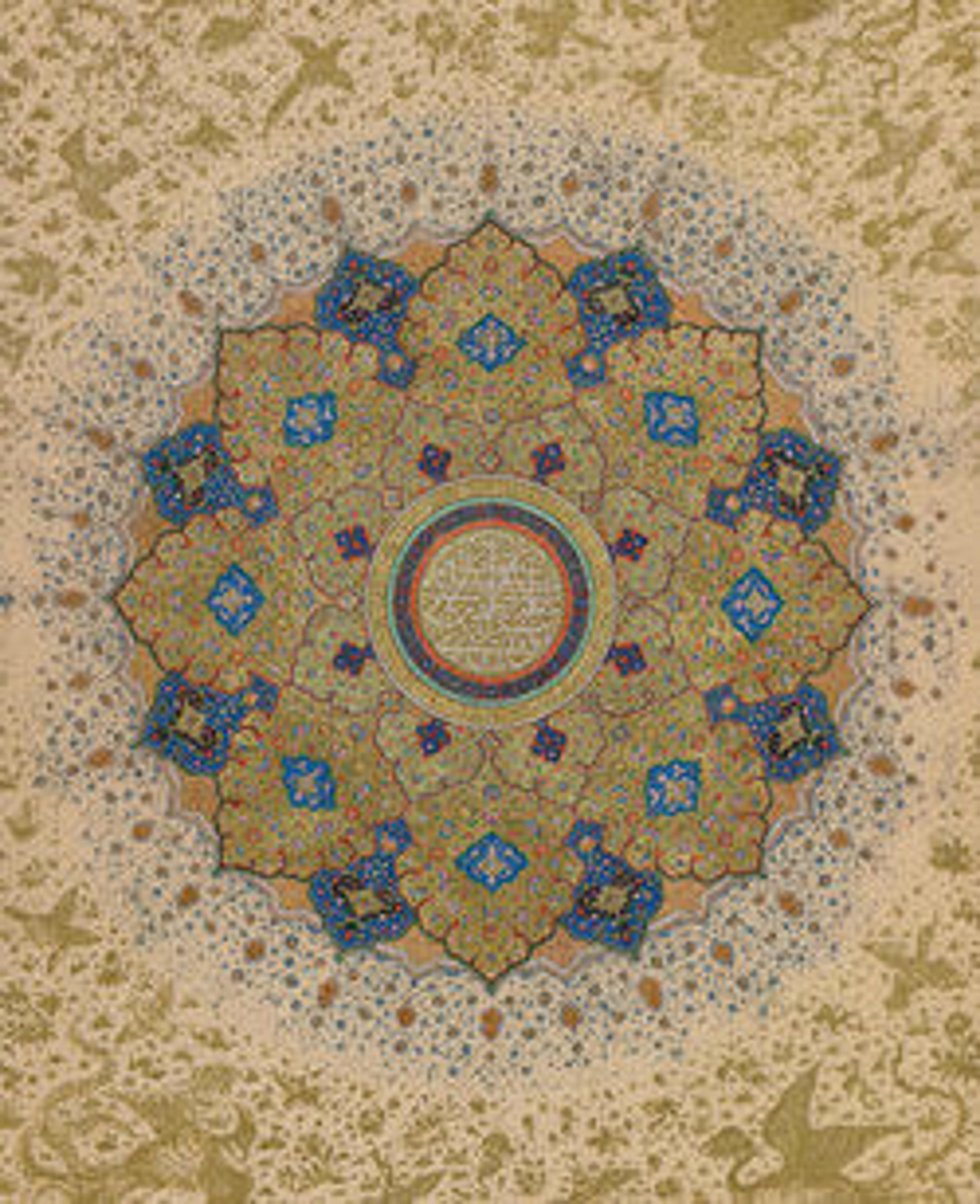Inlaid Box for the Portuguese Market
From the late sixteenth century onward, Mughal India actively exported goods to Europe, particularly to Portugal, where such inlaid work was treasured. While many Europeanizing elements are evident in the decoration of this box, the hunting scenes were originally inspired by Persian compositions, which had in turn become popular in Mughal painting. The undulating branches of the bird‑filled trees against which the European hunters and animals have been set make this one of the most expressive pieces of its type.
Artwork Details
- Title:Inlaid Box for the Portuguese Market
- Date:ca.1600
- Geography:Probably made in India, Gujarat, probably Ahmedabad
- Medium:Wood (teak); veneered with ebony, inlaid ivory, and lac
- Dimensions:H. 3 1/4 in. (8.3 cm)
W. 13 1/2 in. (34.3 cm)
D. 5 11/16 in. (14.5 cm)
Wt. 40.2 oz. (1139.8 g) - Classification:Wood
- Credit Line:Cynthia Hazen Polsky and Leon B. Polsky Fund, 2000
- Object Number:2000.301
- Curatorial Department: Islamic Art
More Artwork
Research Resources
The Met provides unparalleled resources for research and welcomes an international community of students and scholars. The Met's Open Access API is where creators and researchers can connect to the The Met collection. Open Access data and public domain images are available for unrestricted commercial and noncommercial use without permission or fee.
To request images under copyright and other restrictions, please use this Image Request form.
Feedback
We continue to research and examine historical and cultural context for objects in The Met collection. If you have comments or questions about this object record, please contact us using the form below. The Museum looks forward to receiving your comments.
